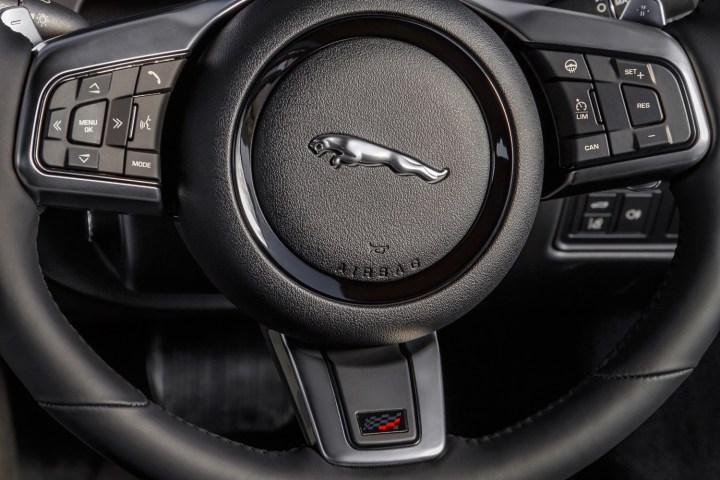
Being in the car puts a barrier between you and the outside world, but germs and bugs can still slip in through the air. Jaguar Land Rover wants to kill them off before they can even get to the cabin. The company put forward a concept that would use ventilation systems to neutralize superbugs and pathogens that cause infections like the flu and the common cold.
The idea put forth by Jaguar Land Rover would equip future vehicles with ultraviolet light technology (UV-C). It’s the same kind that has been used by the medical community for more than 70 years. UV-C is utilized to disinfect water by filtering air and sterilizing surfaces. It uses wavelengths of light between 200 and 280 nanometers to accomplish this, which disrupts the DNA of different pathogens and leaves them unable to perform their most basic cellular functions.
Jaguar Land Rover wants to install that UV-C technology into the air conditioning systems in its vehicles. By doing so, the cars could potentially neutralize pathogens from the outside world as they enter the car and kill them off before they ever reach the cabin. That not only leaves the people inside the car with cleaner air to breathe, but it also could help to kill off drug-resistant superbugs that would otherwise spread through the air. Some studies suggest UV-C can cut the transmission of four different superbugs by up to 30 percent.
“The average motorist spends as much as 300 hours per year behind the wheel. There is a clear opportunity to better utilize cars for administering preventative healthcare,” Dr. Steve Iley, Jaguar Land Rover Chief Medical Officer, said in a statement. “The implementation of individual wellbeing measures as part of our ‘tranquil sanctuary’ research promises to not only improve quality of life for our customers but in this case, offers clear advantages in reducing pathogen spread — protecting the overall population from the threat of disease; particularly as we move towards shared mobility solutions.”
According to Jaguar Land Rover, it is already using pathogen-neutralizing technology in some of its latest Heating, Ventilation and Air Conditioning (HVAC) systems, including those found in the all-electric Jaguar I-PACE and Range Rover Sport. However, the UV-C system could prove to be even more effective and have a bigger impact on killing off the germs that spread things like the cold and flu.


